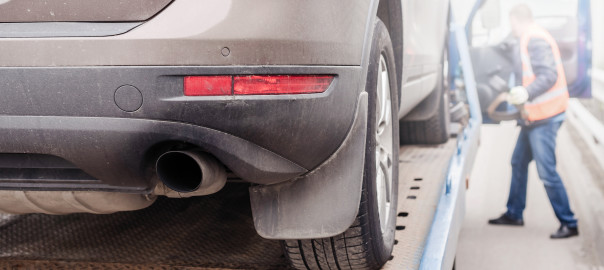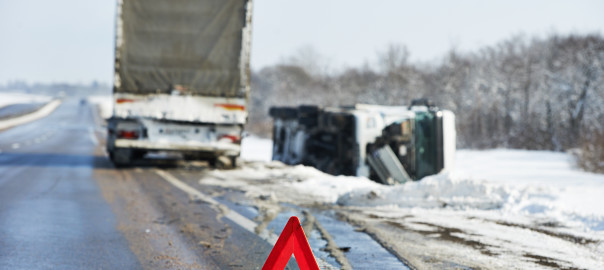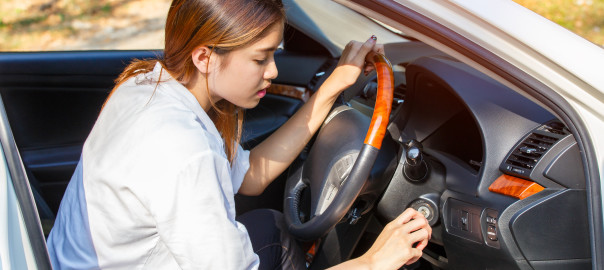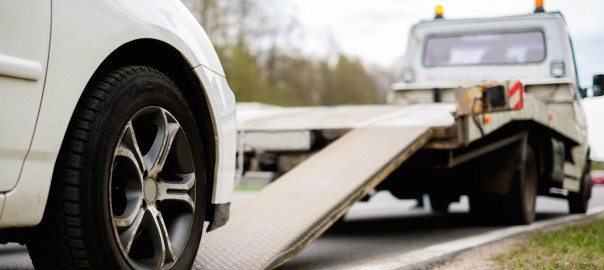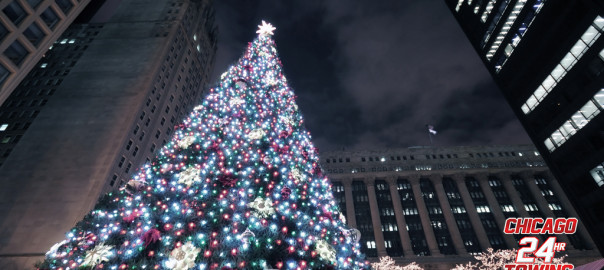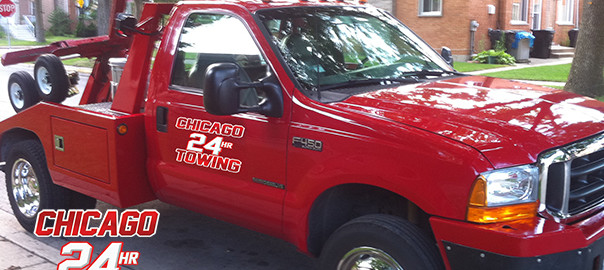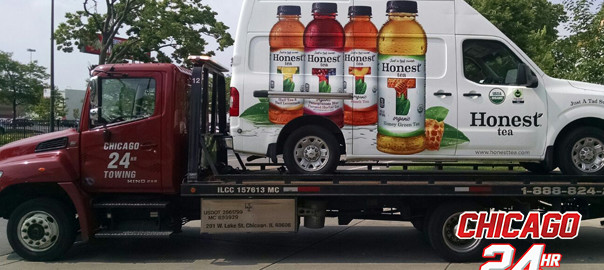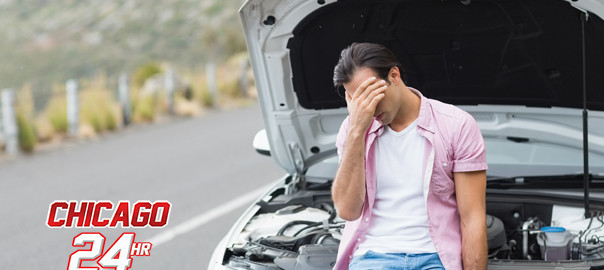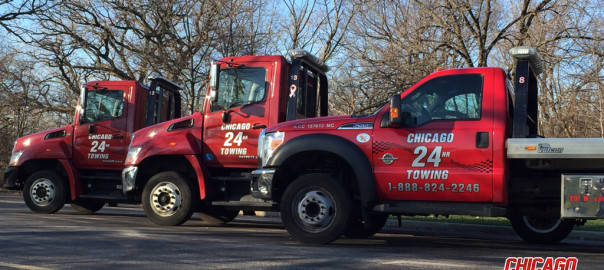There’s tons of misunderstanding about the professional towing industry. And yes, there’s many scam artist fake towing professionals out there that can not only provide poor service, but actually damage the vehicles that they poorly tow, Here’s how to understand how to find a professional towing company. At Chicago Towing, we take pride in our expert towing service, and for providing our customers high levels of serious service. Here’s exactly what makes a professional towing company.
-
Good Reputation
When professional towing companies make their customers happy – or even exceed their wildest expectations, they will receive a growing healthy public perception. Any trustworthy towing company will make sure to put special emphasis on customer service and the upkeep of a loyal customer base. If you’re looking for a professional towing company, check out their online reviews – or even call them in order to get a feeling on how they treat even potential customers.
-
High Quality Equipment
Not all tow trucks operate at the same level of quality, and some faulty tow trucks can actually seriously damage your vehicle. Any really trustworthy tow truck company will provide many options for towing including flatbed truck towing, winch recoveries, and heavy duty towing. When you all the tow company pay attention to whether they ask questions about what kind of vehicle you have – this way you know they are figuring out which specialized equipment to send you, which is always a good sign.
-
Availability
You can never predict when your car or vehicle will break down. Nobody plans for it really because nobody wants it to happen. It might happen in the middle of the night, in the middle of nowhere – and if this happens, what good does it do to have a contact for a tow truck company that can only come in the morning? You don’t want to sleep outside! A trustworthy tow truck company should be able to cater to your roadside emergency breakdown at any time of day or night, any day of the week, any week of the year. Any respectable quality company will come rescue you from your situation right on your call.
-
Licensing
Any reputable towing company should have full license and insurance. Any company that is not licensed or does not have insurance should not be trusted. Any tow truck driver should proudly display their DOT ID number right on their truck along with any of the other particular licensing information required by their specific State. This ensures customers that the towing company has full liability for any potential damage, and allows the customer to have peace of mind in knowing that their vehicle will be handled by a truly trustworthy towing company.

